Selecting and installing a tee tap for a washing machine
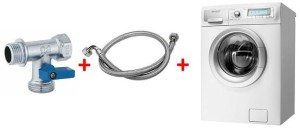 A very important, and perhaps the main stage of installing a washing machine is connecting it to the water supply. If you choose the wrong components and do the job poorly, it will all end sadly for you and your neighbors. Moreover, all the lower floors can be flooded. As part of the article, we will talk about choosing a faucet for connecting a washing machine to a water supply system, other components, as well as connection diagrams.
A very important, and perhaps the main stage of installing a washing machine is connecting it to the water supply. If you choose the wrong components and do the job poorly, it will all end sadly for you and your neighbors. Moreover, all the lower floors can be flooded. As part of the article, we will talk about choosing a faucet for connecting a washing machine to a water supply system, other components, as well as connection diagrams.
Choosing a tap to connect a washing machine
Many people, when purchasing components for installing a washing machine, often wonder why they should buy a tee tap. Why can’t you do without a tap, or, for example, choose a regular flow-through tap? Of course, you can do without a tap, but you just need to be prepared to make repairs to the neighbors below.
People familiar with the phenomenon of water hammer in a water supply system do not need to explain how this unpleasant, but quite common phenomenon tears metal and metal-plastic pipes at the seams. Imagine for a second what would happen to the flexible inlet hose of a washing machine connected directly to the water pipe? It will tear in seconds and within 15 minutes your apartment and your neighbors’ apartments will be flooded with torrents of water.
So, you can’t do without a tap, but why a tee tap? Such a faucet allows you to connect two or more household appliances, such as a washing machine and dishwasher, to one tap into a water pipe. A regular flow faucet will not allow you to do this.
It is very important to pay attention to the following points when choosing a faucet.
- The material from which the faucet is made. Faucets made of brass and silumin are available for sale. It’s better not to take the latter; they won’t last long.
- On the design of the closing mechanism. The design of the valve mechanism can be either ball or multi-turn. It is better to choose a ball valve - it will last longer.
- On the valve design. The valve is needed to quickly shut off the water entering the machine. Therefore, the valve handle should be large enough and comfortable so that the hand does not slip and precious seconds are not lost in the event of an emergency with the machine.
Note! Silumin taps wear out about 4 times faster, but they cost less than brass ones, so it’s better to overpay 1.5 USD once than to deal with the consequences of a flood later.
What other taps are suitable for a washing machine?
If you do not use a tee to connect a washing machine, then what other taps are potentially suitable for connecting household appliances to the water supply? Depending on the position and number of outlets, taps for washing machines are divided into: straight-through (flow-through) taps, tee taps, corner taps.

Flow taps with two outlets. They are installed on a separate pipe that goes from the main water supply pipe to the washing machine. Two-way taps divide the pipe branch in half, cutting off the household appliance from the communications.

Tee tap. Based on the name of this faucet, it has not two, but three outlets. In this case, only one exit can be blocked. The other two outlets are flow-through and serve to connect the water pipe with its branch. There is an option when two branches have taps, but one outlet does not close, and the shape of triple taps can also be different.

Angle tap. This is a two-outlet valve of a modified design that allows you to divide the outlet pipe into two parts, while turning it 900. Quite convenient if you connect the washing machine to a water pipe in a cramped space where it is not possible to place a direct outlet. In addition to washing machines, using such a faucet you can connect a toilet flask, a bidet and other plumbing fixtures to the water supply.

Note! Manufacturers of washing machines often recommend components (including taps) for connecting their household appliances to water supply and electrical networks. Perhaps you should listen to their recommendations.
How to connect a washing machine to the water supply?
Having selected a suitable tap, you can begin connecting the washing machine to the water supply system. Before starting work, you need to stock up on tools and components. What will you need?
- Double hose. If your washing machine comes with a regular inlet hose with one wall, we advise you not to install it, but to purchase a hose with a double wall and wire reinforcement - it is much more reliable. In addition, before purchasing, consider the required length of the hose; short hoses are often included with the machine.
- Flow filter for water purification. Such a filter is connected to the tap thread and installed on a branch of the water pipe. You understand that the quality of tap water leaves much to be desired, therefore, the more filters there are on the way from the riser pipe to the washing machine, the better.
- O-rings, nuts, windings, etc. Components necessary to ensure reliable and tight connections of all pipes and hoses.
- Adjustable wrench. We will need it to tighten all the nuts, ensuring connections between pipes and hoses.
- Calibrator for plastic pipes. Needed to fit and install the tap into the pipe insertion.
Having selected all the necessary components and tools, you can begin installing the washing machine to the water supply, having previously selected the appropriate connection diagram. Let's start with the diagrams for connecting the machine to the water supply.
 Connection via a tee tap with a tap into the pipe. Turn off the water by closing the cold water riser. We cut out a section of pipe, calculating the length of the tee valve (excluding threaded connections). We put the mounting nuts on the pipe; these nuts must first be removed from the tap. Using a calibrator, we widen the holes in the pipes and install a tee valve, not forgetting to tighten the joints of the pipe and the valve outlets with tightening rings. We connect the inlet hose of the machine to the outlet that is closed by the valve.
Connection via a tee tap with a tap into the pipe. Turn off the water by closing the cold water riser. We cut out a section of pipe, calculating the length of the tee valve (excluding threaded connections). We put the mounting nuts on the pipe; these nuts must first be removed from the tap. Using a calibrator, we widen the holes in the pipes and install a tee valve, not forgetting to tighten the joints of the pipe and the valve outlets with tightening rings. We connect the inlet hose of the machine to the outlet that is closed by the valve.
Connection via a two-way tap. A two-way tap can be used when a pipe outlet is specially installed for the washing machine. Typically, such an outlet already has a threaded bushing, so our task is only to screw a two-outlet tap onto it, connected to a flow-through filter, and you can already connect the inlet hose of the washing machine to the filter. It's a matter of 5 minutes!
Connection via corner tap. This diagram for connecting the machine to the water supply is in many ways similar to the above diagram. The only difference is that we attach not a straight two-outlet valve to the pipe outlet, but an angular one. You can read more about connecting a washing machine to water supply and sewerage in the article about DIY machine installation.
To summarize, we note that it is quite possible to select and install a tee tap for a washing machine without the involvement of a specialist. If you intend to do all the work yourself, pay attention to the tips given in this article. Good luck!
Interesting:
Reader comments
- Share your opinion - leave a comment

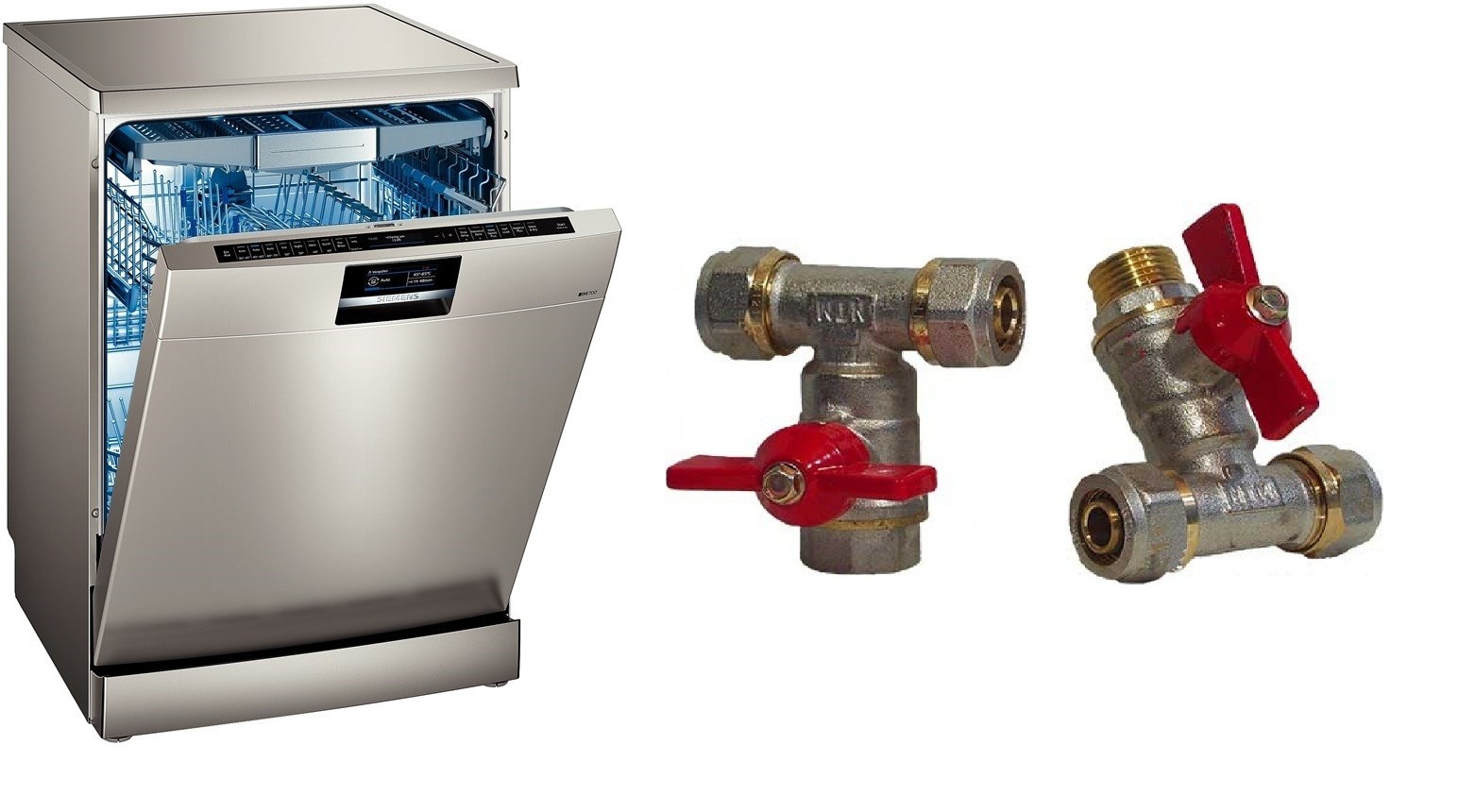

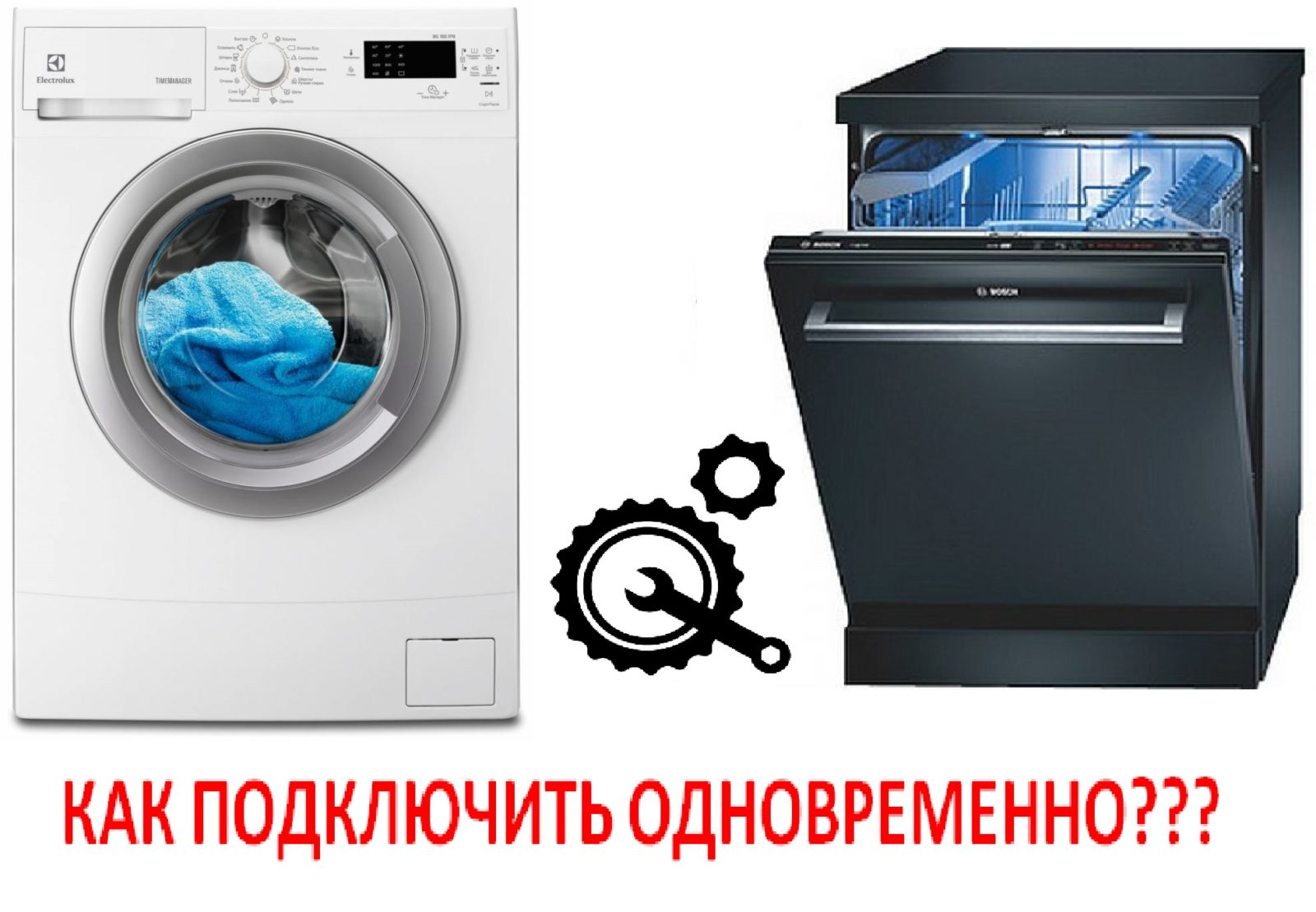
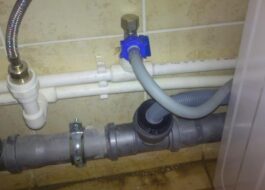
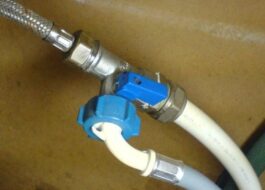
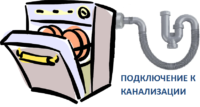














Add a comment